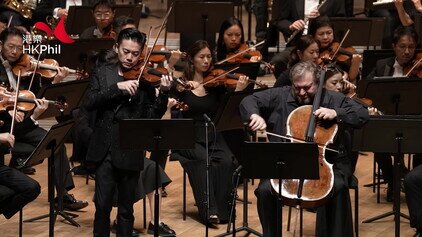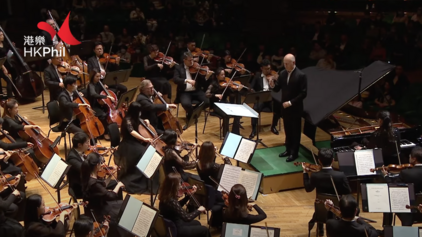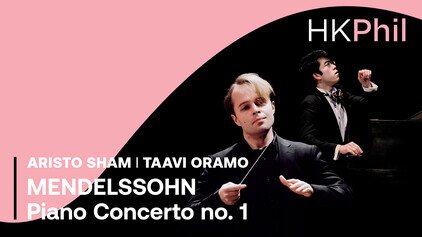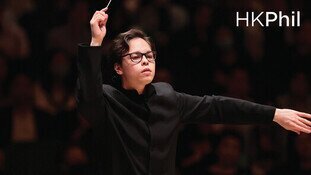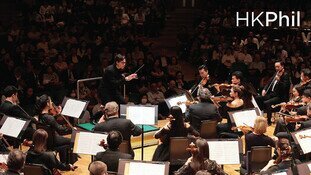LISZT | Piano Concerto no. 1
Up Next
PROGRAMME
FRANZ LISZT (1811-1886)
Piano Concerto no. 1 in E flat, S. 124
THE COMPOSER
Franz Liszt was born on 22 October 1811 in the Hungarian town of Doborján (now called Raiding and situated in Austria). With undeniably amazing virtuosity, he certainly transformed the status of the piano, not least by being one of the first to present the solo public piano recital. Being a pioneer in this, Liszt largely had to create his own repertory, and the vast majority of his 1,300 compositions comprises virtuoso showpieces for piano, including around a dozen works for piano and orchestra of which three are concertos.
THE BACKGROUND
Liszt’s First Piano Concerto was published in 1857 with a dedication to the British-born pianist and composer Henry Litolff. However, he had started work on it almost 30 years earlier, completing a version for two pianos in 1849. Unskilled in the art of orchestration, he handed this to a 27-year-old struggling composer called Joachim Raff whom he employed as an assistant, after withdrawing from the concert platform and settling in Weimar with Princess Carolyne von Sayn-Wittgenstein.
The First Piano Concerto was given its first performance in Weimar on 17 February 1855 (the performance conducted by Berlioz) but before submitting the work for publication Liszt made extensive revisions.
THE MUSIC
The concerto has been described as a “truly seminal work in the history of piano literature”. It dispensed with the traditional three-movement structure and opted instead for a single movement which, with its succession of fast and slow sections, provided an exceptional level of integration.
It opens with a melodramatic introduction from unison strings into which the piano bursts with all the extravagance of a horror-movie villain. (Liszt is said to have provided words to fit the opening phrase – “Das versteht ihr alle nicht!” [“That, none of you understands”] – while the two chords which come next might be said to offer the interjection “Ha ha!”.) Things calm down, the opening string theme in ever calmer guises coaxing gentleness from the piano which, at one point, enters into a loving partnership with a clarinet. The opening string theme remains very much in the foreground as scampering upward scales send the first section away, allowing muted strings to introduce the second section: a rhapsodic and often deeply reflective meditation from the soloist with occasional interludes from the orchestra. High piano trills set the scene for the surprising appearance of the triangle, and much delicate filigree work from the piano in its higher register and plenty of triangle add sparkle to the proceedings. The opening theme eventually reappears and the concerto romps home to its dazzling virtuoso conclusion.
Programme notes by Dr Marc Rochester
ARTISTS
SUPPORT THE HK PHIL'S ONLINE PROGRAMMES
The Ambassador Fund allows the orchestra to produce various online programmes, keeping our connection with the communities. The HK Phil has released over 80 online programmes and garnered over 1.5 million views since the pandemic. Your donation supports production costs incurred and helps us share music!
Concertos
Other videos in this series





